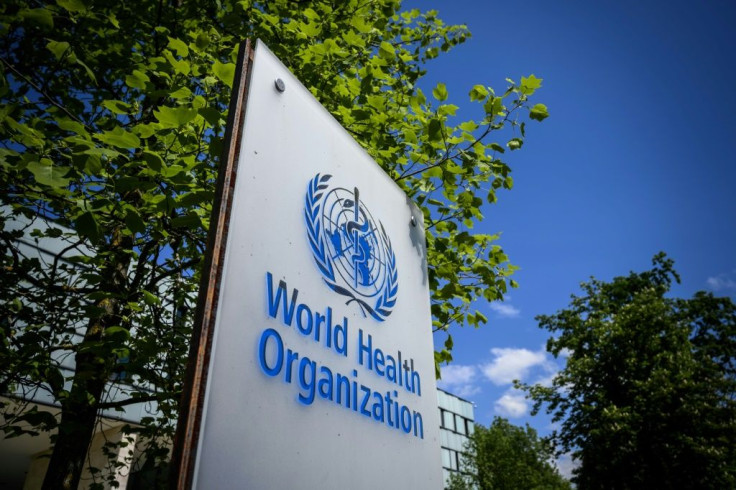World Health Organization Examining Evidence Of Airborne Transmission Risks Of COVID-19 After Push From Scientists

The World Health Organization is examining evidence of possible airborne transmission of COVID-19 after hundreds of scientists urged the agency to update its guidelines on how the virus is spread.
“We have been talking about the possibility of airborne transmission and aerosol transmission as one of the modes of transmission of COVID-19,” Maria Van Kerkhove, an infectious disease epidemiologist and COVID-19 technical lead at the WHO, told reporters during a press briefing in Geneva.
Kerkhove said the WHO is going to publish a “brief in the coming days and that will outline everything that we have in this area.” Benedetta Allegranzi, another epidemiologist at the WHO, has said airborne transmission “cannot be ruled out” but added that “the evidence needs to be gathered and interpreted.”
In a recent open letter, nearly 240 scientists from over 30 countries urged the WHO to update its guidance on airborne transmission.
“There is significant potential for inhalation exposure to viruses in microscopic respiratory droplets (microdroplets) at short to medium distances (up to several meters, or room scale), and we are advocating for the use of preventive measures to mitigate this route of airborne transmission,” the scientists said in the letter.
“It is understood that there is not as yet universal acceptance of airborne transmission of SARS-CoV2 (the novel coronavirus that causes COVID-19); but in our collective assessment there is more than enough supporting evidence so that the precautionary principle should apply. In order to control the pandemic, pending the availability of a vaccine, all routes of transmission must be interrupted."
The WHO tends to be cautious in its assessments of the virus, and has sometimes been criticized for its public statements. In a January tweet, the WHO said, “Preliminary investigations conducted by the Chinese authorities have found no clear evidence of human-to-human transmission of the novel #coronavirus.”
Preliminary investigations conducted by the Chinese authorities have found no clear evidence of human-to-human transmission of the novel #coronavirus (2019-nCoV) identified in #Wuhan, #China🇨🇳. pic.twitter.com/Fnl5P877VG
— World Health Organization (WHO) (@WHO) January 14, 2020
The WHO was intending to make the claim that human-to-human transmission was still under investigation, but to the average person, the tweet made it seem like human-to-human transmission was not a threat.
As of Tuesday at 3:10 p.m. ET, there are 11,691,068 confirmed global cases of the coronavirus and a death toll of 540,062, according to Johns Hopkins University.
© Copyright IBTimes 2025. All rights reserved.





















